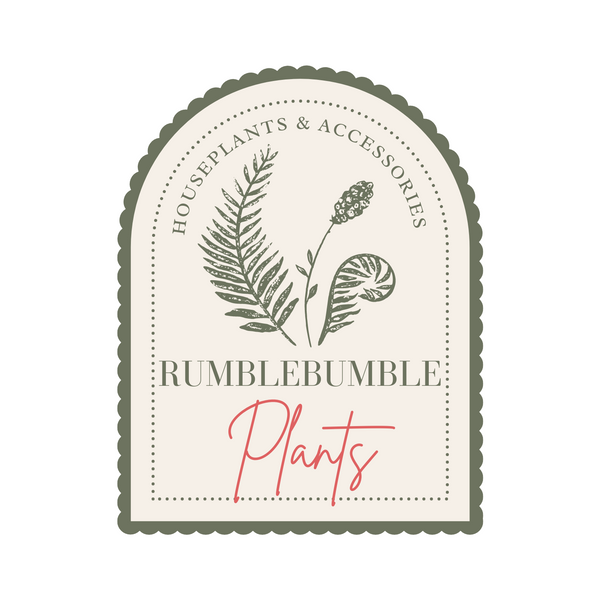
Common Name: Calathea Lancifolia Rattlesnake
Scientific Name: Calathea lancifolia
Family: Marantaceae
Description: Calathea Lancifolia, also known as Rattlesnake Plant due to its unique leaf pattern resembling a snake's skin, is a popular indoor plant. Its long, lance-shaped leaves have dark green coloration with light green markings, making it a striking addition to any indoor space.
Light: Bright, indirect light is ideal. Avoid direct sunlight, as it can scorch the leaves. Provide filtered sunlight or place near a window with sheer curtains.
Temperature: Keep the plant in a warm and humid environment. Ideal temperature range is between 65-80°F (18-27°C). Avoid cold drafts and sudden temperature changes.
Humidity: High humidity is crucial for Calathea Lancifolia. Mist the plant regularly, use a humidity tray, or place it in a naturally humid area like a bathroom.
Watering: Keep the soil consistently moist but not soggy. Water when the top inch of soil feels slightly dry. Use room-temperature water to avoid shocking the plant. Ensure good drainage to prevent root rot.
Soil: Use a well-draining, peat-based potting mix with added perlite or orchid bark to enhance drainage.
Fertilization: During the growing season (spring and summer), feed with a balanced, water-soluble fertilizer diluted to half strength every 4-6 weeks. Reduce or stop fertilizing in fall and winter.
Pruning: Trim any brown or yellow leaves as needed to maintain the plant's appearance. Regular pruning helps the plant focus its energy on new growth.
Propagation: Propagate through division during repotting. Gently separate the plant into smaller clumps, ensuring each section has roots attached. Plant divisions in separate pots.
Repotting: Repot every 1-2 years in the spring, or when the plant becomes root-bound. Choose a slightly larger pot and fresh potting mix.
Pests: Keep an eye out for pests such as spider mites and mealybugs. If infested, treat with insecticidal soap or neem oil.
Special Considerations:
- Calathea Lancifolia is sensitive to chemicals in tap water. Use distilled or filtered water if your tap water is heavily chlorinated.
- Brown leaf tips may indicate low humidity or over-fertilization.
- Grouping plants together can help increase humidity around Calathea Lancifolia.
Remember, every plant is unique, so closely observe your Calathea Lancifolia's behavior and adjust care practices accordingly. Enjoy the beauty and elegance this plant brings to your indoor space!

